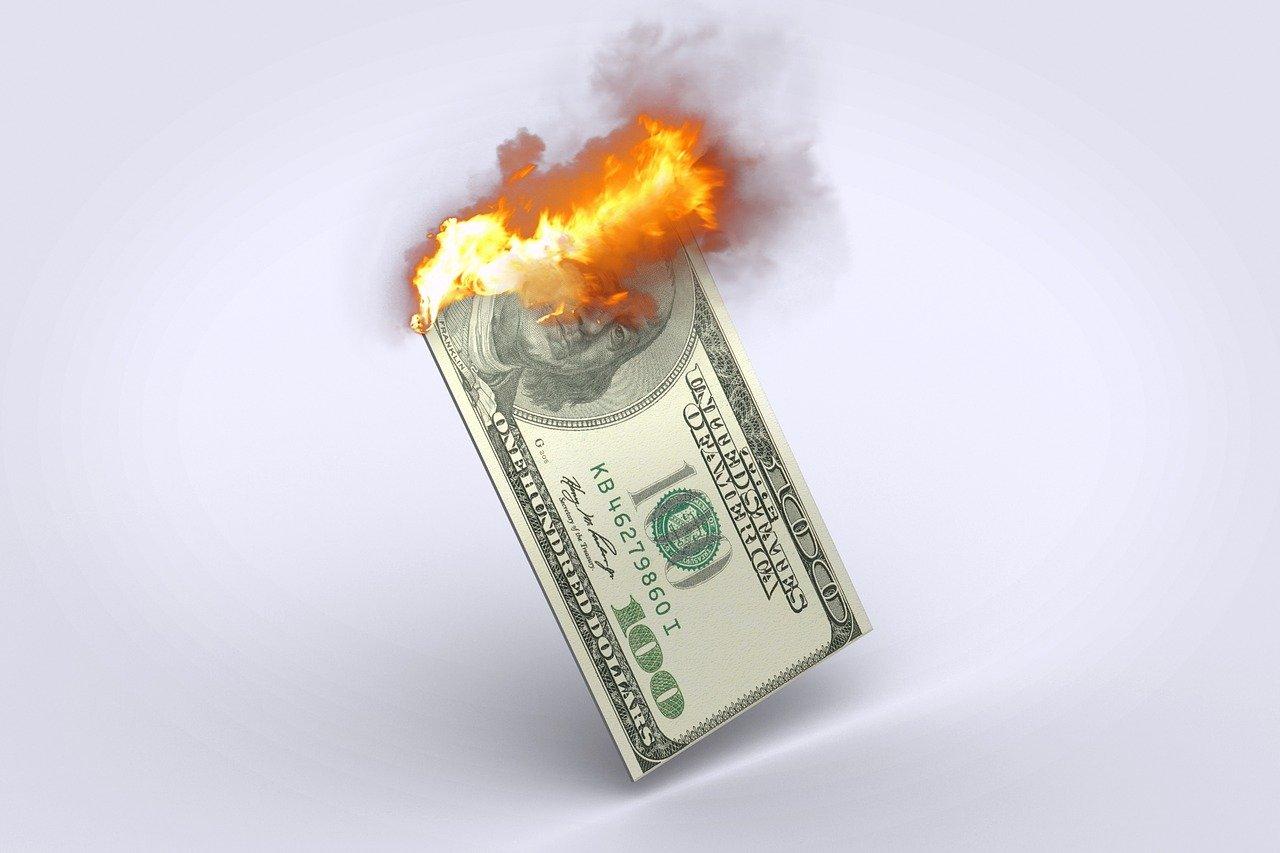What's Correction Territory for Stocks and How Long Does It Last?
The Nasdaq entered into a correction zone on Jan. 19. What's correction territory for stocks and how long does it last? Here's everything investors need to know.
Jan. 20 2022, Published 1:00 p.m. ET
The S&P 500 delivered 27 percent in 2021 and including dividends, almost doubled investors' money between 2019 and 2021. After a strong 2021, U.S. stocks have looked weak in 2022. The Nasdaq entered into a correction zone on Jan. 19. What's correction territory for stocks and how long does it last?
Analysts had tepid expectations from the markets in 2022 and even the best-case forecast called for just about 10 percent upside in the S&P 500. However, while markets started the year on a positive note and Apple became the first company to hit a $3 trillion market cap on the first trading day, stocks have looked weak.
What's correction territory in stocks?
Technically speaking, a fall of 10 percent–20 percent in any asset is termed as a correction. If the asset falls more than 20 percent from the peak, it's said to be in a bear market. The same terminology holds across all assets, including stocks, commodities, and cryptos.
Separately, a sudden swift fall in stocks is termed a crash. There isn’t any particular definition of a crash but usually, any sudden and unexpected fall in stocks is termed as a crash.
Stock market corrections are common.
Bear markets aren't as common and the most recent bear market was in the first quarter of 2020 when stocks plummeted amid the scare about the COVID-19 pandemic. However, corrections are quite common. For example, before the latest correction, Nasdaq witnessed a correction in 2021 as well.
How long do corrections last?
According to the data compiled by CNBC, there have been 26 stock market corrections between 1946 and 2018. This would mean that on average, markets have corrected within three years. The average fall in these was 13.6 percent while recoveries took four months on average.
However, the distribution of these corrections isn't symmetric. In 2018, there were two stock market corrections in the U.S. As investors would recall, that was the time when former President Donald Trump’s trade war with China spooked investors.
Corrections can be healthy.
A correction in individual stocks is even more common. More often than not, a correction in stocks is termed as “healthy.” There are moments when the stock runs way too fast and moves ahead of its fundamental value. These intermittent corrections help stocks revert towards their fundamental value.
Think of it this way, if stocks don’t correct after a big rise, there's a big probability that they would enter into the bubble zone. The froth would keep on accumulating and might lead to a massive crash if there weren't these timely corrections.
Should you buy stocks in correction territory?
The corrections can be a good opportunity to buy quality stocks. If the stock's valuations look attractive after the correction, it would make perfect sense to buy it. However, it's worth noting that you shouldn't jump to buy a stock just because it's falling.
The correction might extend into a bear market and a structural derating of the stock. One of the most recent examples is what has been happening with Cathie Wood’s stocks. She has been loading up on her favorite names but they have proven to be “falling knifes.”
If you're convinced about the company's outlook, a correction might be a good buying opportunity.



